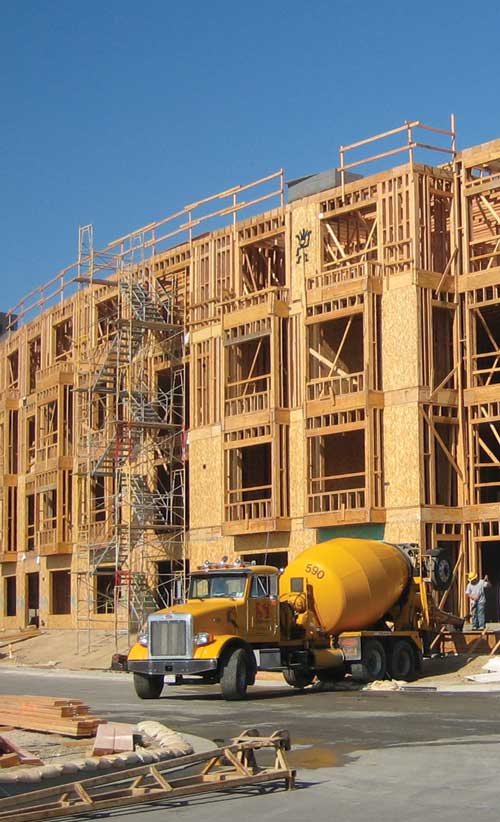Calculating Carbon Footprint
Learning Objectives:
- Discuss the role of wood products sourced from sustainably managed forests in the design of sustainable, environmentally positive buildings.
- Compare the carbon benefits of example buildings based on the results of two calculators.
- Examine the natural cycle of carbon absorption and storage, and the role of forests and wood products in mitigating carbon emissions.
- Explain the low embodied energy of wood products, and how this translates into avoided carbon emissions throughout their life cycles.
Credits:
Worldwide, there has been increasing focus on the carbon footprint of buildings and recognition that design professionals are uniquely positioned to reduce greenhouse gases in the atmosphere by creating high-performance structures. Energy efficiency, once the new frontier for environmentally conscious designers, is now a commonplace objective and net zero energy is well within reach. As a result, greater attention is now being focused on the materials used to construct buildings—and the benefits, carbon and otherwise, of using wood from sustainably managed forests instead of products that are fossil fuel-intensive.
Extensive research, some of it developed in countries where ambitious government policies promoting carbon efficiency are being implemented, and sophisticated new calculation tools are making it possible for architects to evaluate and compare the impacts of different materials on the carbon footprint of buildings. Similarly, there is an increasing number of life cycle assessment (LCA) tools that allow designers to evaluate and compare buildings based on a range of indicators such as air pollution, water pollution, and waste.
This course examines the environmental impacts of wood products—from the global scale of the world's forests to the individual scale of efficient, adaptable, and innovative buildings—using real-world examples from two U.S. carbon calculators as well as the latest research on LCA.
Calculating Carbon Footprint
Much of the information available about the effectiveness of wood products in reducing a building's carbon footprint has been driven by an increasing focus on carbon elsewhere in the world. The European Union, for example, is seeking to reduce carbon emissions by having all new commercial buildings achieve net zero energy by 2020. Similarly, the French government legislated measures that aim to increase the building sector's use of timber and resulting carbon benefits. The UK has also established new policies in an ambitious shift to a low-carbon economy.
 |
This mid-rise building in Irvine, California, is reaping the carbon benefits of using wood. Photo by VanDorpe Chou Associates |









